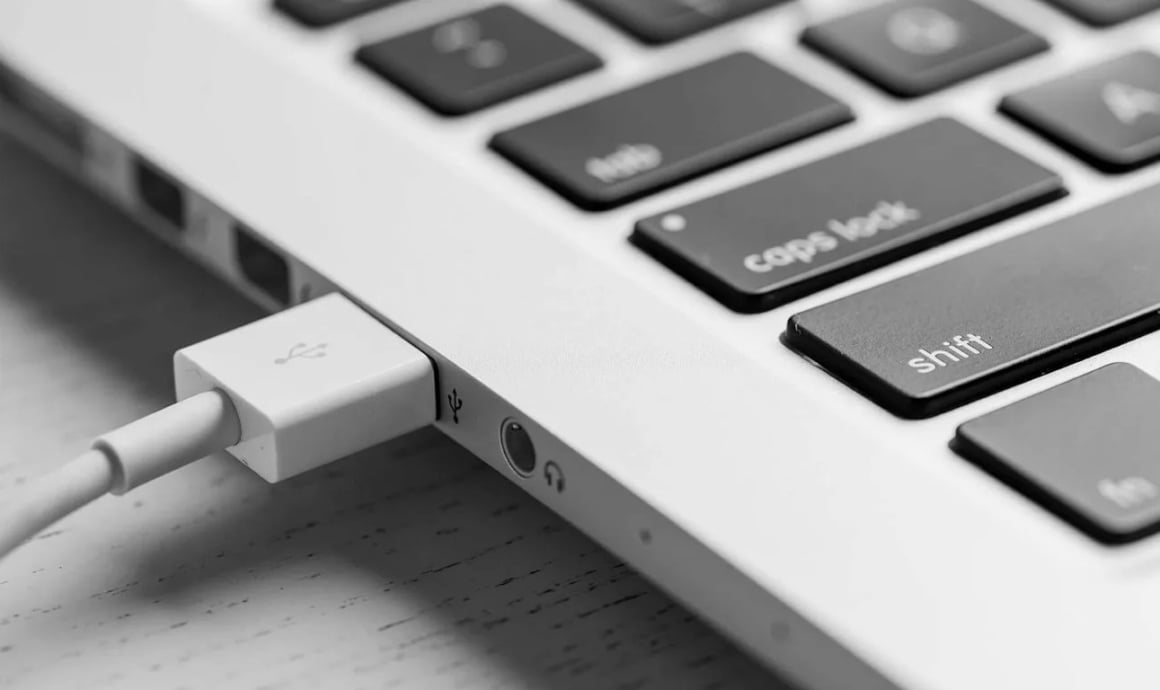Troubleshooting Guide: Why Your laptop usb not working and How to Fix It
A laptop usb not working can be a significant hurdle, stopping you from transferring files or using essential peripherals. This problem can manifest in various ways, from a simple laptop usb flash drive not showing up to a complete usb not recognised laptop error. Before diving into complex solutions, it's crucial to understand that the cause can be either software-related, like a driver issue, or hardware-related, like a damaged port. This guide will systematically walk you through the troubleshooting process, from the simplest fixes to more advanced diagnostics, helping you restore functionality step-by-step.
Begin with the basics, as the simplest explanations are often the most likely. Restart your laptop; a fresh boot can resolve many temporary glitches that cause a laptop usb problem. Try the USB device in a different port to determine if the issue is isolated to one specific port or is system-wide. If it's a peripheral like a mouse or keyboard, test it on another computer to confirm it's functioning. For a usb stick not showing up on laptop, check if it appears in Disk Management, as it might be assigned a drive letter that conflicts with an existing one.
If basic checks fail, the culprit is often a software or driver conflict. Open the Device Manager on your Windows system and look under "Universal Serial Bus controllers." If you see any devices with a yellow exclamation mark, that indicates a driver problem. You can right-click and select "Update driver" or "Uninstall device," then restart your laptop to force Windows to reinstall the driver. This process is particularly effective for resolving a laptop not recognizing usb device error that started after a recent system update.
Power management settings can sometimes cause a laptop usb c port not working or other USB ports to be turned off to save energy. In Device Manager, under the USB controllers section, right-click on each "USB Root Hub" and "Generic USB Hub," select "Properties," go to the "Power Management" tab, and uncheck "Allow the computer to turn off this device to save power." This prevents the system from deactivating the ports and can be a definitive fix for an intermittent usb not showing up on laptop issue.
When you face a usb disk not showing up laptop scenario, the Windows Disk Management tool is your best friend. Press Windows Key + X and select "Disk Management." Here, you can see all connected drives, even those without a drive letter. If your USB drive appears here but has no letter, you can right-click on the volume and assign one. If it shows as "Unallocated," you can initialize it, but be warned this will erase all data. This step is crucial for diagnosing storage-specific issues.
If all software solutions have been exhausted and your laptop usb not working problem persists, it's time to consider a physical hardware fault. Visually inspect the port for any signs of damage, such as bent or missing pins, or debris lodged inside. A loose internal connection or a damaged solder joint on the motherboard could also be the cause, especially if the port is physically wobbly. At this stage, for a persistent laptop not recognizing usb, consulting a professional for a physical inspection or following an advanced guide on port replacement may be the necessary next step.
